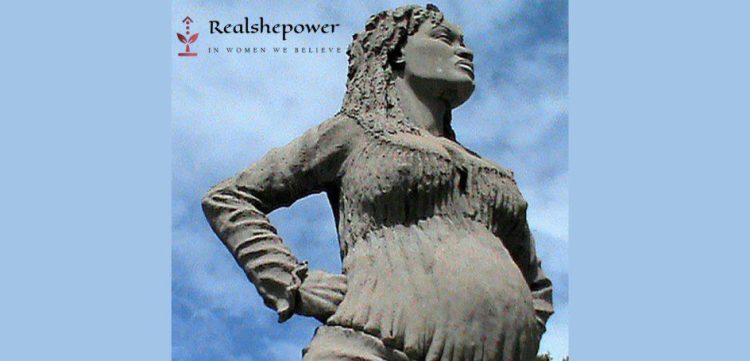La Mulâtresse Solitude: A symbol Of Slavery And Freedom


In 1802, La Mulâtresse Solitude helped lead a slave revolt in Guadeloupe whilst 8 months pregnant.
Solitude was a slave who was freed after the Haitian Revolution under Toussaint Louverture. It later led to the abolishment of slavery in the French colonies in 1794. The French government abolished slavery to prevent the revolution from spreading and becoming a generalized slave revolt in all its colonies in the Caribbean. However, in 1802, Napoleon wanted to reintroduce slavery to Guadeloupe. As a result, Solitude, now pregnant, joined the rebellion led by mulatto leader Louis Delgrès.
During the battles, the women showed exemplary courage and fighting spirit. Solitude was a fierce and fearless warrior who pushed herself into the heart of every battle.
Unfortunately, French troops outnumbered the rebels. The rebels decided to make one last stand by letting the French advance on their territory before blowing up stores of gunpowder, thereby killing themselves and hundreds of French soldiers.
Though most of the rebels died, Solitude survived.
La Mulâtresse Solitude was captured and sentenced to death. Since she was pregnant at the time of the arrest, she was not hanged until the birth of her child. As her child would become the property of a slave owner.
The morning after giving birth, Solitude stepped out of jail peacefully while, according to accounts, maternity’s milk stained her nightshirt.
”Live free or die” were her last words before she was hanged. She became a martyr and a symbol for all women and mothers who sacrificed themselves and fought against the odds to defend the ideals of freedom and equality.
Nearly 200 years later, a statue was placed on Héros aux Abymes Boulevard in Guadeloupe in her memory.
To read more such stories, visit our blog page.
